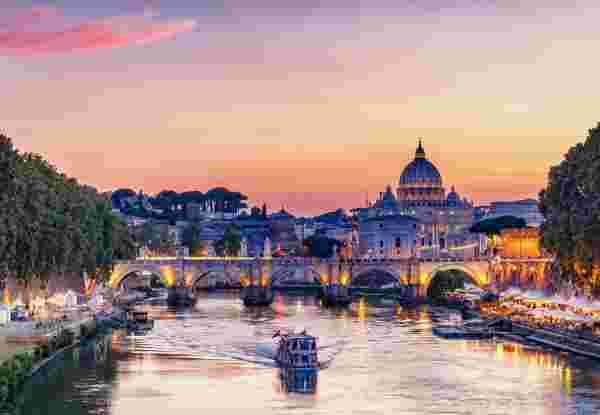Icaria: The Blue Zone Island
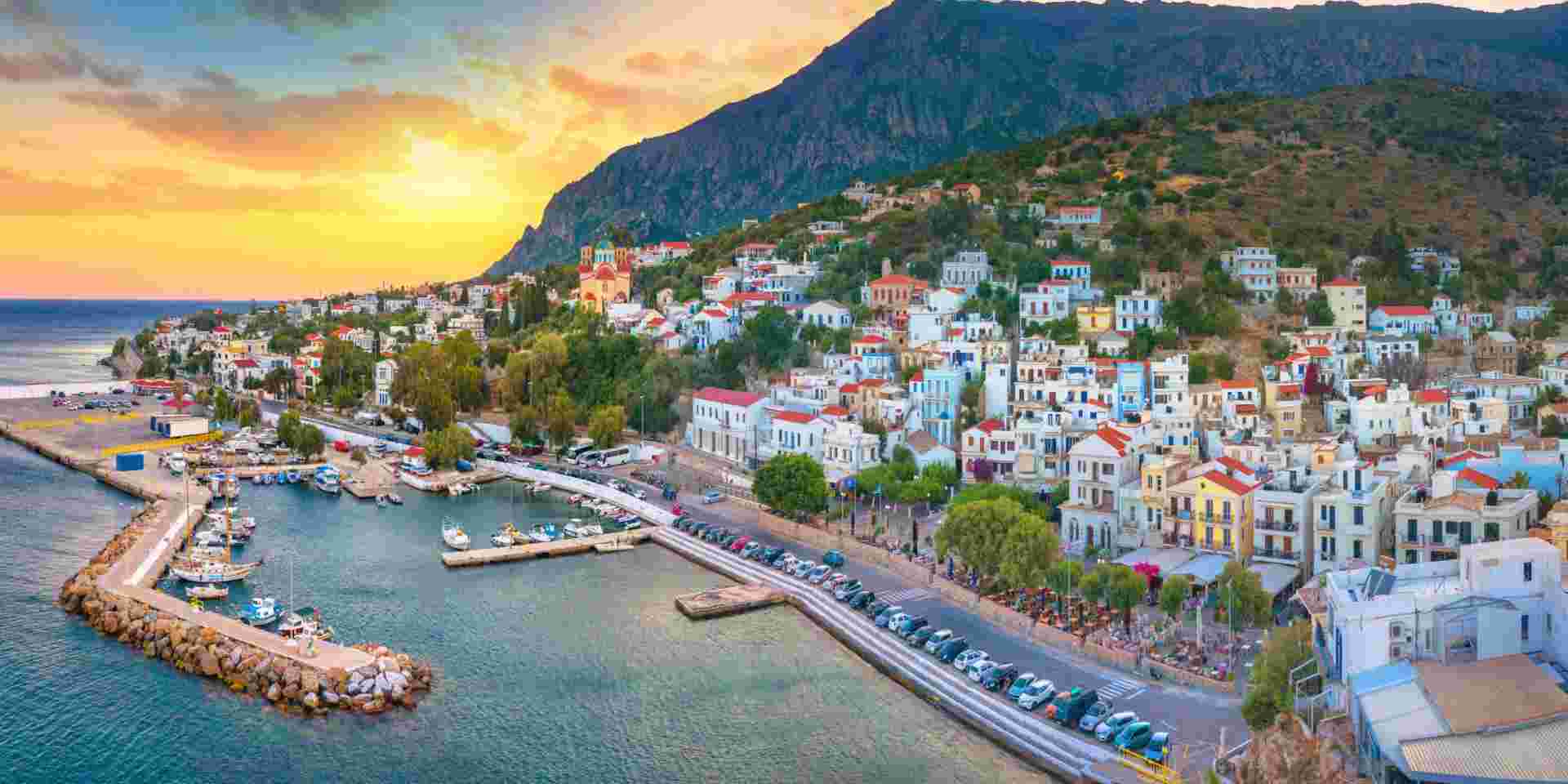
An article all about longevity and centenarians. Icaria is a blue zone island, and apart from its mesmerizing natural beauty, the inhabitants follow a lifestyle that allows them to live a long and happy life.
Today the trend for well-being grows, more and more travelers are adopting health-focused habits even on their excursions – from yoga to vegan trips. However, there are many destinations around the world where wellness is not just a goal but a traditional way of life.
Over time, man has managed to live more and more, increasing life expectancy. This is easily understandable by looking at the percentages of centenarians in different parts of the world. In 1840, there were 90 centenarians in the United States – 1 per 189,000 – according to official figures cited by Kaitlyn Wells at nautil.us. Today, there are more than 53,000 in the United States, converting that ratio to one for every 5,800 residents.
But how do they do that?
Author Dan Buettner has spent 12 years researching specific areas of the world where people have high longevity rates, which are referred to as “blue zones”. “Longevity is the result of many, small and long-term things,” he says. However, the 5 areas are also famous for certain geographical and cultural elements.
Those who want to know some of the secrets that he “discovered” during his research and recorded in his books “The Blue Zones” (2009) and “Thrive” (2010), continue reading!
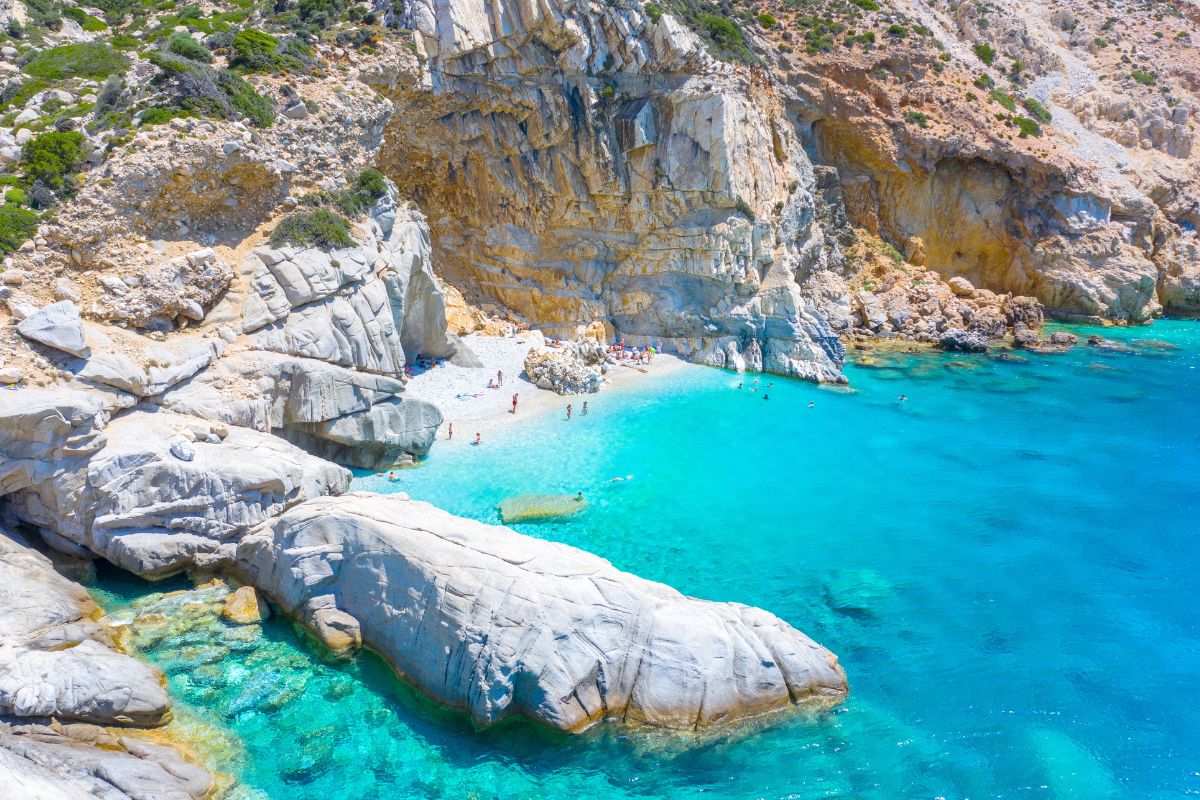
Where in the World are these Places?
The Greek island Icaria, the Highlands in Sardinia, the Nicoya Peninsula in Costa Rica, Okinawa in Japan, and the Loma Linda region in California, USA.
Icaria
The longevity and peace of the inhabitants are partly attributed to the fact that the island is isolated. According to Lonely Planet, the winds prevented many ships from docking at Icaria over the centuries, which retained its traditional features, with its inhabitants learning to be self-sufficient. The island, was a place of exile, also developed a culture of solidarity that inspired strong social ties. They combine it with a healthy Mediterranean diet – olive oil, red wine, home-grown organic vegetables, local honey, and goat’s milk – and “relaxed” lifestyles, which seem to contribute to longevity.
Those who live on this small Greek island are three times more likely to reach the age of 90 than those who live in the United States. Older people in Icaria tend to take a nap at noon (90% of them, according to a 2011 study published in Cardiology Research and Practice). None of those who followed this tactic showed symptoms of depression, as opposed to those who did not sleep at noon.
Another study, which examined the behavior of Greeks concerning sleep, found that those who slept for at least 30 minutes during the day, had a 37% reduced risk of dying from heart disease, compared to those who did not.
Apart from their good relationship with Morpheus, another “secret of longevity” of the inhabitants of Icaria is herbal tea. Traditional Greek tea contains mint, which fights gingivitis and gastrointestinal disorders, rosemary, which is good for gout, and wormwood, which is good for blood circulation. Many varieties of tea on the island also contain mild diuretics, which treat hypertension. Perhaps this explains why in Icaria the rates of cardiovascular disease are reduced by half, compared to the rest of Greece.
The Other “Blue Zones”
As for the other “blue zones”, among them is Okinawa, Japan, where residents form groups from an early age and meet throughout their lives. At the same time, they tend to grow their fruits and vegetables, which gives them a continuous life purpose, a guide to longevity.
In Sardinia, Italy, there are 10 times more centenarians than in the USA. In the mountainous province of Nuoro, Sardinia’s traditional way of life prevails. Residents exercise lightly daily, eating fresh, seasonal foods that include plenty of whole grains and some meat while enjoying local wine. The locals attribute their good health in part to their physical work and the strong winds on the island, which keep the air they breathe clean.
In Nicoya, Costa Rica, beans, corn, and pumpkins play an important role in the diet, with the diet of the inhabitants being characterized as balanced. A sense of purpose, an optimistic outlook, strong family ties, and regular exercise contribute to longevity in the area.
In Loma Linda, California, residents have adopted a healthy lifestyle and diet, with most professing to be faithful and participating in church groups. They avoid alcohol, while most of them exercise regularly and eat fresh vegetables and cereals. At the same time, although their financial situation is good, the residents still follow a simple lifestyle, with an emphasis on helping others.

Eating Habits of the “Blue Zone” Areas
The conclusions of the scientists showed that the inhabitants of these areas do not count the calories they consume, nor do they weigh their meals, or take vitamin supplements, etc.
However, they identified the following common eating habits:
95% of their diet is plant-based
Vegetables, whole grains, and legumes dominate people’s meals in the “blue zones” throughout the year. The locals eat an impressive variety of vegetables every season. The best longevity foods are green leafy vegetables. In Icaria, more than 75 varieties of green vegetables exist. Middle-aged people consuming boiled greens have a 50% chance to live more than those who don’t.
They Don’t Consume Meat more than Twice a Week
Blue longevity zone families consume meat sparingly. The goal is to limit the consumption of meat to twice a week and the portion each time does not exceed the size of a deck of cards. Also, the meat in the “blue zones” comes from animals that graze freely, which probably leads to higher levels of omega-3 fatty acids in the meat that reaches the table.
They Eat up to 80 grams of Fish Daily
A large ongoing scientific study reveals that people following a plant-based diet live longer. According to “The Adventist Health Study 2”, this includes a small portion of fish daily. In the blue zones, fish is a common part of the daily diet. The best choices are species such as sardines, anchovies, and cod. These types do not have high levels of mercury or other chemicals.
Milk: More Variety, Less Quantity
The human digestive system is not optimal for cow’s milk, which also happens to be high in fat and sugar. People in the blue zones get most of the calcium they need from plants. A cup of cooked cabbage, for example, gives you both calcium and a glass of milk. This does not mean, of course, that you should cut out cow’s milk. However, it is wise to drink other types, reducing the total milk by replacing it with more portions of vegetables. Goat and sheep milk (yogurt and cheese) are a daily part of the diet in Icaria and Sardinia.
They Eat up to 3 Eggs a Week
Residents of blue zones tend to eat only one egg at a time. For example, locals on the Nicoya Peninsula fry an egg to put in a corn tortilla. Furthermore, in Okinawa, they boil an egg in their soup. Replace the egg every morning with fruit or other plant foods, such as whole-grain porridge or bread.
The Power of 9
The inhabitants of the blue zones have some common features, nine in number, the so-called “Power of 9”. What are these?
- Physical exercise (walking, swimming, not gyms!)
- To have a purpose in life (to have a strong reason to get out of bed every morning)
- To relax (either with music or with reading or with what each of us enjoys)
- Eat until we feel up to 80% full (the extra 20% is what causes obesity)
- Eat lots of fruits and vegetables
- Wine in the afternoon (after work) is a perfect way to relax
- To belong in a community (whether this is our village, or friends, etc.)
- To have faith
- Give priority to the people we love
Let us Create the Perfect Blue Zone Itinerary for you! Contact us here, and our expert Travel Designer will plan out the most amazing customized trip for you based on your wants and interests.
To learn more about the Mediterranean Diet, read our article ‘Crete – The Mediterranean Gastronomic Destination’ to find out about one of the oldest and most delicious gastronomic traditions in the world full of flavors and aromas.
Feeling Ready?
From our blog
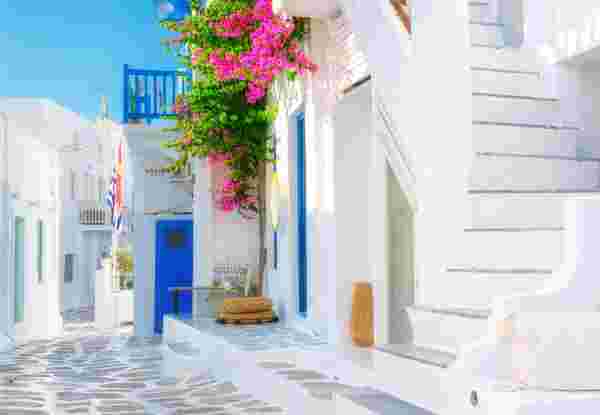
How Many Days in Mykonos
READ MORE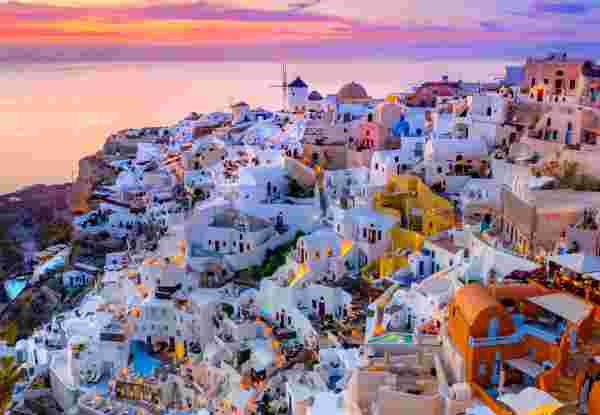
Santorini Travel Guide: Everything You Need to Know
READ MORE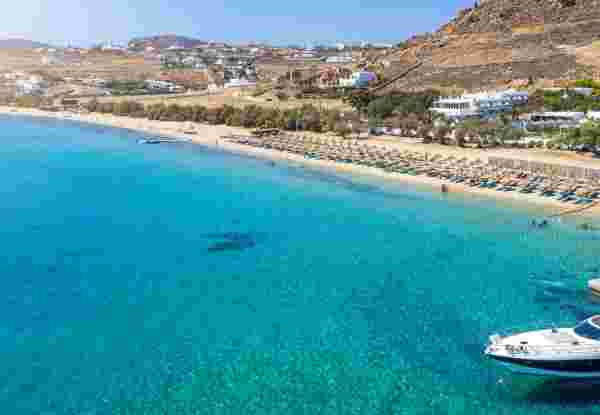
Where to Stay in Mykonos: Insider’s Guide
READ MORE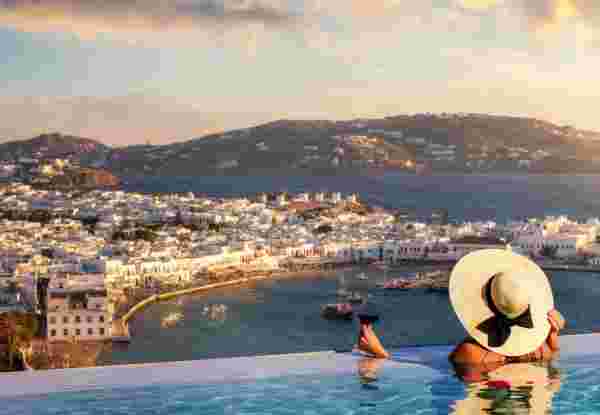
Mykonos Hotels: The Ultimate Guide to Luxury Stays
READ MORE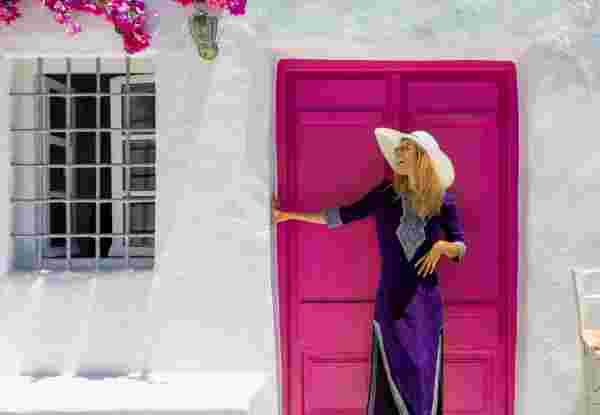
What to Wear in Greece to Not Look Like a Tourist
READ MORE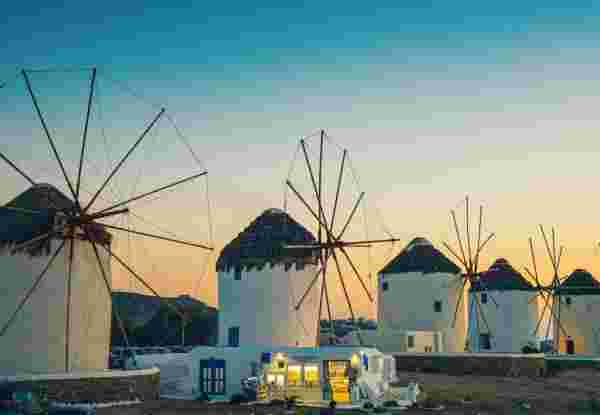
Best Time to Go to Mykonos
READ MORE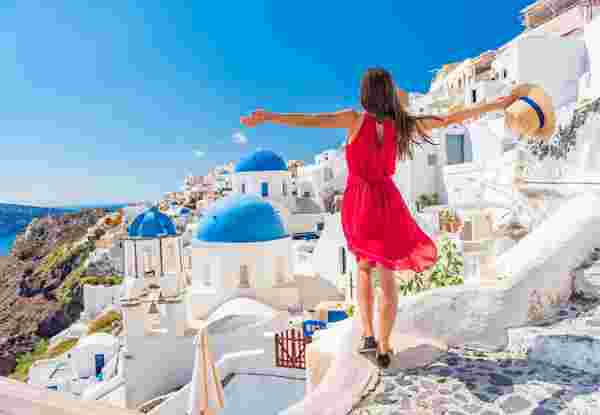
The Best Time to Visit Santorini: A Local’s Guide for Every Season
READ MORE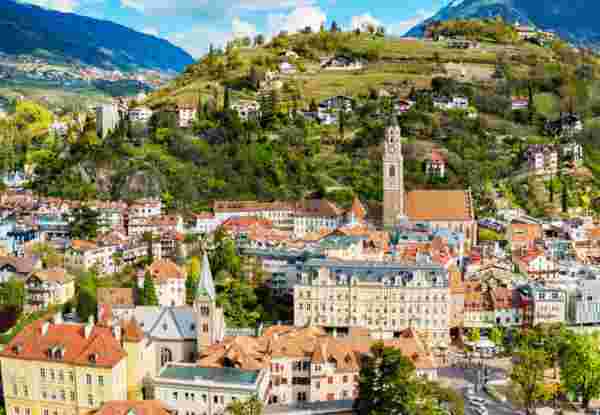
Insider’s Guide to Weather in Italy and Greece in September
READ MORE
Weather in Italy and Greece in October: Your Complete Guide
READ MORE